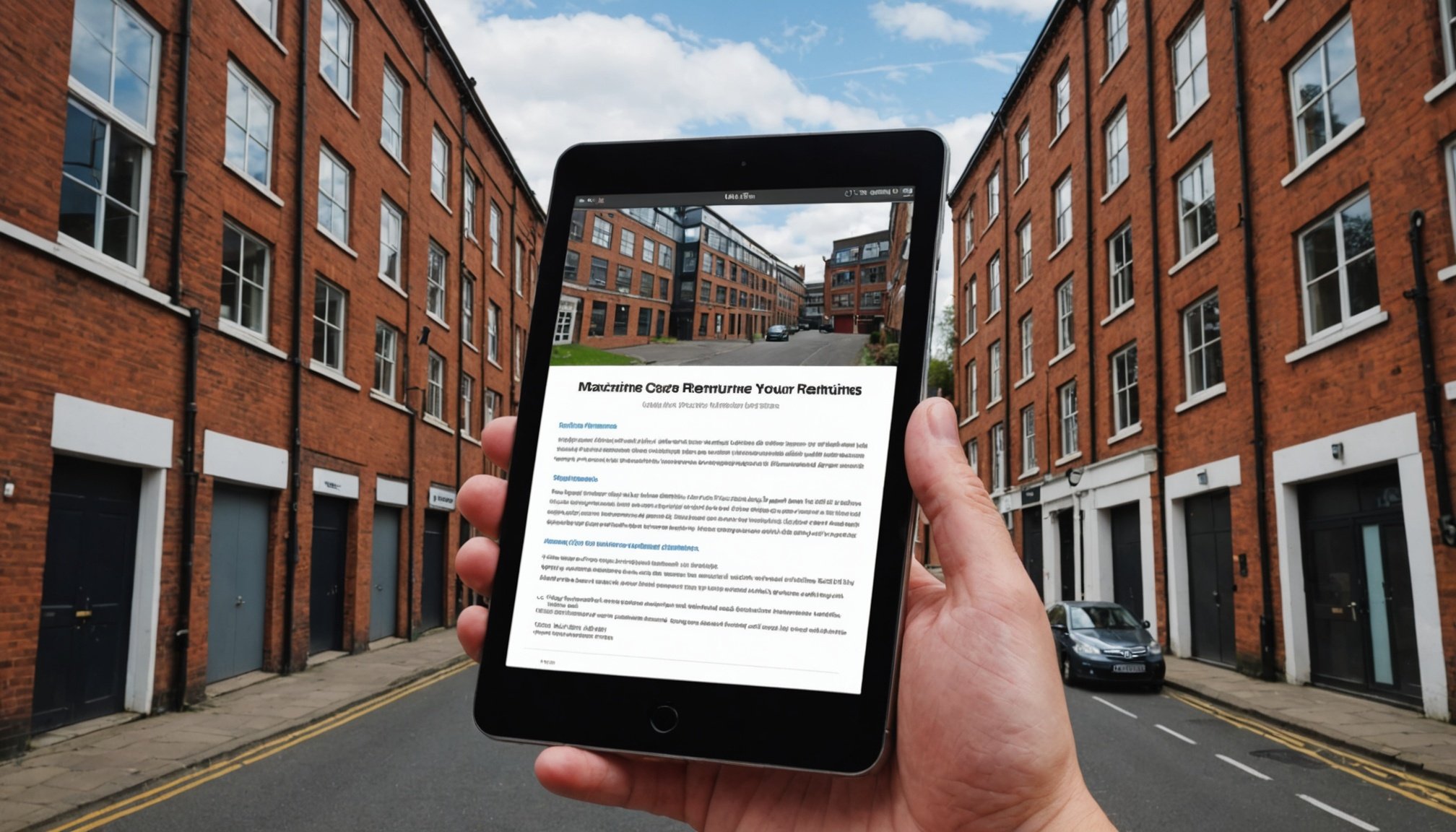Understanding Rental Yield
Rental yield is a crucial metric for evaluating the financial returns of investment properties. It is the percentage of annual rental income relative to the property’s total cost or current market value. This figure helps investors gauge the profitability of real estate investments, offering insights into potential cash flow.
The significance of rental yield lies in its ability to inform investment decisions effectively. Investors looking for stable, ongoing income from investment properties consider high rental yields to ensure profitable ventures. It serves as a barometer, guiding investment choices towards properties that promise optimal financial returns.
Topic to read : Proven tactics for norfolk coastal homeowners to mitigate erosion threats
Calculating rental yield is straightforward, using a basic formula:
[ text{Rental Yield (%)} = left(frac{text{Annual Rental Income}}{text{Property Value}}right) times 100 ]
Have you seen this : Unveiling the future: how the uk”s aging population is reshaping retirement property markets
This formula allows investors to predict financial outcomes by comparing potential income to the initial or current property investment cost. A higher rental yield signifies a lucrative investment, while a lower yield may suggest a need for better management or reconsideration of the investment.
Understanding rental yield empowers investors by providing concrete data to make well-informed decisions. By focusing on this metric, investors can enhance their portfolio’s performance, driving both short-term income and long-term capital appreciation.
Factors Affecting Rental Yield in Converted Warehouses
Understanding the factors influencing yield is crucial for assessing the profitability of converted warehouse investment properties. Several key property characteristics significantly impact rental yield. Property characteristics such as the size, layout, and condition of the warehouse can affect its attractiveness to potential tenants, therefore affecting its return.
The location, specifically in an area like Birmingham, plays a pivotal role. Market demand and neighbourhood reputation considerably influence rental yield. Areas with high demand and strong rental markets often result in higher yields. Conversely, less desirable locations may struggle to command competitive rates.
Market conditions also have a notable effect on rental yields. Economic factors, including interest rates and employment levels, influence tenants’ ability to pay rent, consequently impacting returns. Additionally, local rental market fluctuations and broader economic trends must be considered.
Ultimately, careful analysis of these factors influencing yield can provide a comprehensive understanding of investment potential. By considering property characteristics, location, and economic conditions, investors can effectively assess and strategize for optimal financial returns in Birmingham’s real estate market. This strategic approach ensures investments continue to yield fruitful results in dynamic market environments.
Step-by-Step Guide to Calculating Rental Yield
Understanding and executing the calculation process of rental yield is vital for any investor aiming for informed decision-making.
Preparing Financial Data
Before diving into calculations, gather comprehensive financial information. This includes recognizing the property’s total purchase price or current market value and compiling annual rental income data. Ensure accuracy in these figures as they are crucial for calculating a precise yield formula.
Applying the Rental Yield Formula
The yield formula, ((text{Annual Rental Income} / text{Property Value}) times 100), is straightforward yet requires careful application. Plugging in the gathered financial data ensures a clear representation of potential returns. This step eliminates guesswork, grounding the process in quantifiable data.
Analyzing Results
Once computed, the outcome of the calculation offers a snapshot of potential financial returns from the property. Interpreting these results with an understanding of broader market dynamics, such as current interest rates and local demand, informs whether the property meets investment goals. Precision in this analysis enables investors to strategize effectively, aligning their portfolio’s direction with overarching financial analysis strategies.
Examples of Rental Yield Calculations in Birmingham
Exploring case studies provides practical insights into rental yield dynamics, especially within Birmingham’s converted warehouse properties. By conducting yield analysis on specific examples, investors can grasp variations across neighborhoods.
Consider a warehouse conversion in Birmingham’s bustling Jewellery Quarter. Here, the location advantage often results in higher rental yields. Assuming the converted property is valued at £500,000, with an annual rental income of £30,000, the yield calculation (30,000 / 500,000) * 100 equates to a robust rental yield of 6%. This suggests a lucrative investment, thanks to the region’s vibrant appeal and market strength.
Conversely, a similar property in a less central area, valued at the same amount with an annual income of £20,000, reveals a lower yield of 4%. This comparison highlights how neighborhood desirability and demand influence yield analysis outcomes.
Differences also arise from property conditions and management. Well-maintained properties with updated amenities typically command better rental returns. Moreover, effective management strategies, such as responsive maintenance and professional tenant relations, further enhance potential yields. By analyzing such diverse examples, investors can better navigate Birmingham’s real estate landscape, aligning their tactics with prevalent market conditions.
Strategies for Maximizing Rental Returns
Maximizing rental returns requires strategic efforts aligned with effective investment strategies, focusing on rental management and enhancement of property appeal. Property presentation plays a crucial role in attracting tenants willing to pay higher rents. Enhancing property appeal through modern upgrades, stylish décor, and maintenance not only increases rental income but also ensures tenant satisfaction.
-
Property Management Techniques: Effective management ensures consistent occupancy and minimizes tenant turnover. Responsive communication, reliable maintenance, and creating a positive living experience foster tenant loyalty, maintaining rental yield.
-
Market Timing: Understanding market cycles aids in optimizing investment strategies. Investing during low property price phases while renting out in high-demand periods benefits returns significantly.
-
Rental Income Boosts: Regularly reviewing and adjusting rental prices in response to local rental management trends keeps properties competitive. Offering flexible lease terms or added amenities can also attract diverse tenant pools, potentially enhancing income.
Keeping abreast of investment strategies and applying targeted rental management tactics helps investors capture opportunities for enhanced returns. By prioritizing these areas, property owners can sustain and even increase rental yields over time, aligning their investments with market conditions and tenant expectations.
Market Trends and Analysis for Converted Warehouses in Birmingham
Understanding the current market trends for converted warehouses is essential for making informed investment decisions and maximizing profitability. In Birmingham, these trends reflect broader economic and social changes impacting investment opportunities.
Current Market Trends
Converted warehouses in Birmingham have seen increasing demand due to their unique character and urban appeal. This trend is bolstered by a growing preference for residing in culturally rich, well-connected areas. Rental yields often reflect this heightened demand, typically supporting robust financial returns for investors. As more professionals seek homes in such vibrant neighbourhoods, rental markets have become more competitive, sustaining high rental prices.
Economic and Social Changes
Birmingham’s evolving economic landscape, with improved employment opportunities and infrastructure developments, enhances the investment potential of converted warehouses. The city’s ongoing regeneration projects further boost its attractiveness. Social changes, particularly the rise in remote working, have increased demand for flexible living spaces that these properties provide.
Future Outlook
The future outlook for rental yields in Birmingham remains optimistic. Continued urban revitalization and technology advancements are likely to support rental growth. Investors can potentially benefit by keeping a close eye on evolving rental trends, aligning their investment strategies to capitalize on these opportunities for sustained financial gains.









